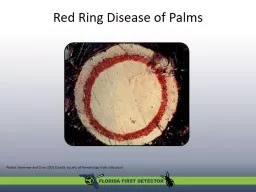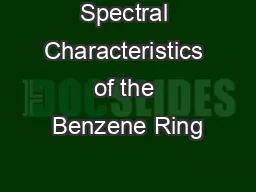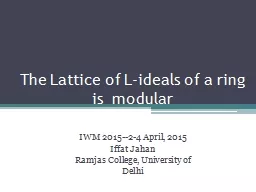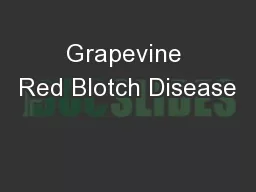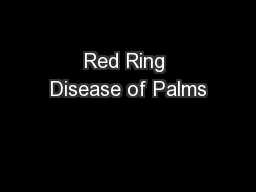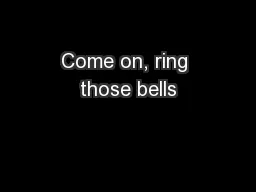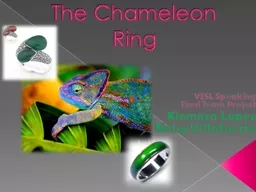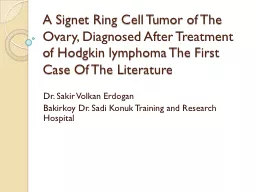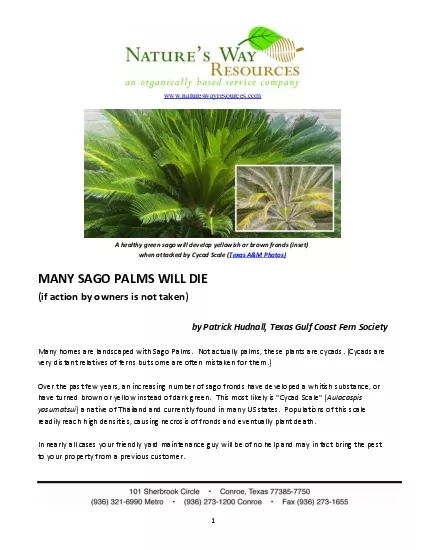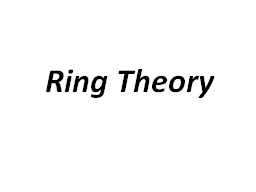PPT-Red Ring Disease of Palms
Author : lindy-dunigan | Published Date : 2019-11-21
Red Ring Disease of Palms Photo s Brammer and Crow 2001 Credit Society of Nematology slide collection Red Ring Disease of Palms Photo s Top Brammer and Crow 2001
Presentation Embed Code
Download Presentation
Download Presentation The PPT/PDF document "Red Ring Disease of Palms" is the property of its rightful owner. Permission is granted to download and print the materials on this website for personal, non-commercial use only, and to display it on your personal computer provided you do not modify the materials and that you retain all copyright notices contained in the materials. By downloading content from our website, you accept the terms of this agreement.
Red Ring Disease of Palms: Transcript
Download Rules Of Document
"Red Ring Disease of Palms"The content belongs to its owner. You may download and print it for personal use, without modification, and keep all copyright notices. By downloading, you agree to these terms.
Related Documents

